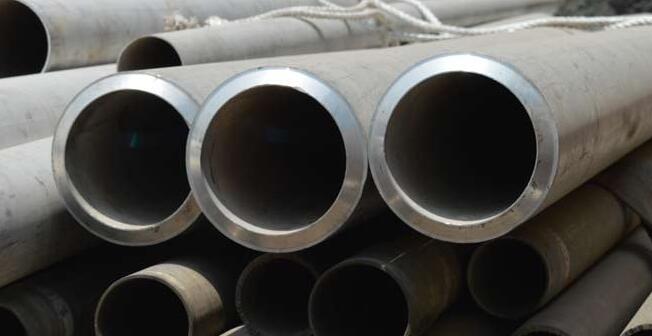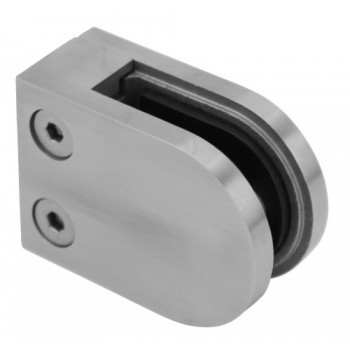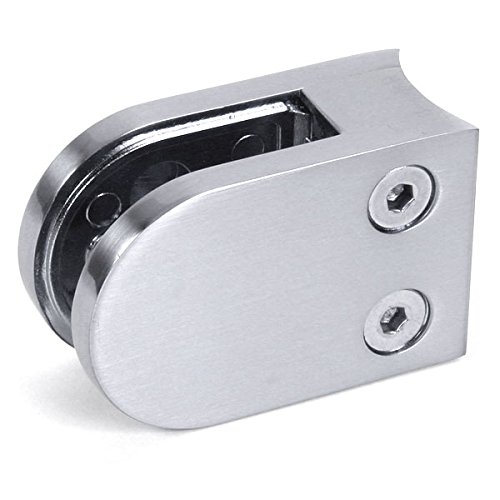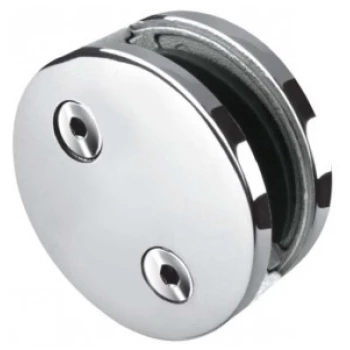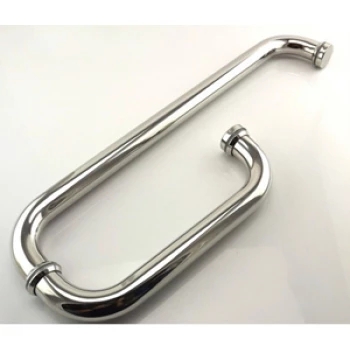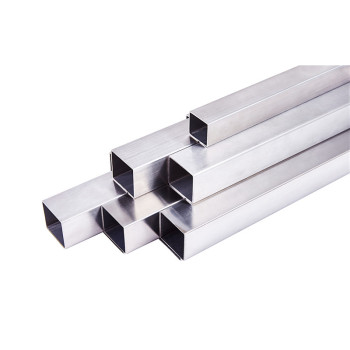The Difference Between 304L Stainless Steel Pipe And 304 Steel Pipe
The difference between 304L stainless steel pipe and 304 stainless steel pipe is actually the difference between 304L and 304 stainless steel materials.
In fact, they are distinguished by the content of chromium and nickel. They are all 304 stainless steels. The composition contains 18% chromium (Cr) and 8% nickel (Ni), but the main difference lies in the carbon content.
Compared with 304 stainless steel, 304L is an ultra-low carbon stainless steel. The carbon content is reduced to less than 0.03%, which can avoid intergranular corrosion. In theory, the effect of stress corrosion resistance is stronger than that of 304, but the effect is not obvious in practical applications. .
304L stainless steel has the same purpose of reducing carbon and adding titanium, but the smelting cost of 321 with titanium is higher, the molten steel is thick, and the price is more expensive.
304 Stainless Steel Physical Properties:
- Density: 8.03g/cm3
- Electrical resistivity: 72 microhm-cm (20C)
- Specific Heat: 500 J/kg °K (0-100°C)
- Thermal conductivity: 16.3 W/m-k (100°C)
- Modulus of Elasticity (MPa): 193 x 103 in tension
- Melting Range: 2550-2650°F (1399-1454°C)
304L and 304 Stainless Steel Pipe Composition Table:
| Element | Type 304 (%) | Type 304L (%) |
| Carbon | 0.08 max. | 0.03 max. |
| Manganese | 2.00 max. | 2.00 max. |
| Phosphorus | 0.045 max. | 0.045 max. |
| Sulfur | 0.03 max. | 0.03 max. |
| Silicon | 0.75 max. | 0.75 max. |
| Chromium | 18.00-20.00 | 18.00-20.00 |
| Nickel | 8.00-10.50 | 8.00-12.00 |
| Nitrogen | 0.10 max. | 0.10 max. |
| Iron | Balance | Balance |
Applications
1. 304 stainless steel. It is one of the most widely used austenitic stainless steels. It is suitable for the manufacture of deep-drawing forming parts and acid pipes, containers, structural parts, various instrument bodies, etc., and can also manufacture non-magnetic, low-temperature equipment and part.
2. 304L stainless steel. In order to solve the problem of the severe intergranular corrosion tendency of 304 stainless steel due to the precipitation of Cr23C6, the ultra-low carbon austenitic stainless steel developed by the sensitized state has significantly better intergranular corrosion resistance than 304 stainless steel. Except for the slightly lower strength, other properties are the same as 321 stainless steel. It is mainly used for corrosion-resistant equipment and components that cannot be solid-solution treated after welding, and can be used to manufacture various instrument bodies.

